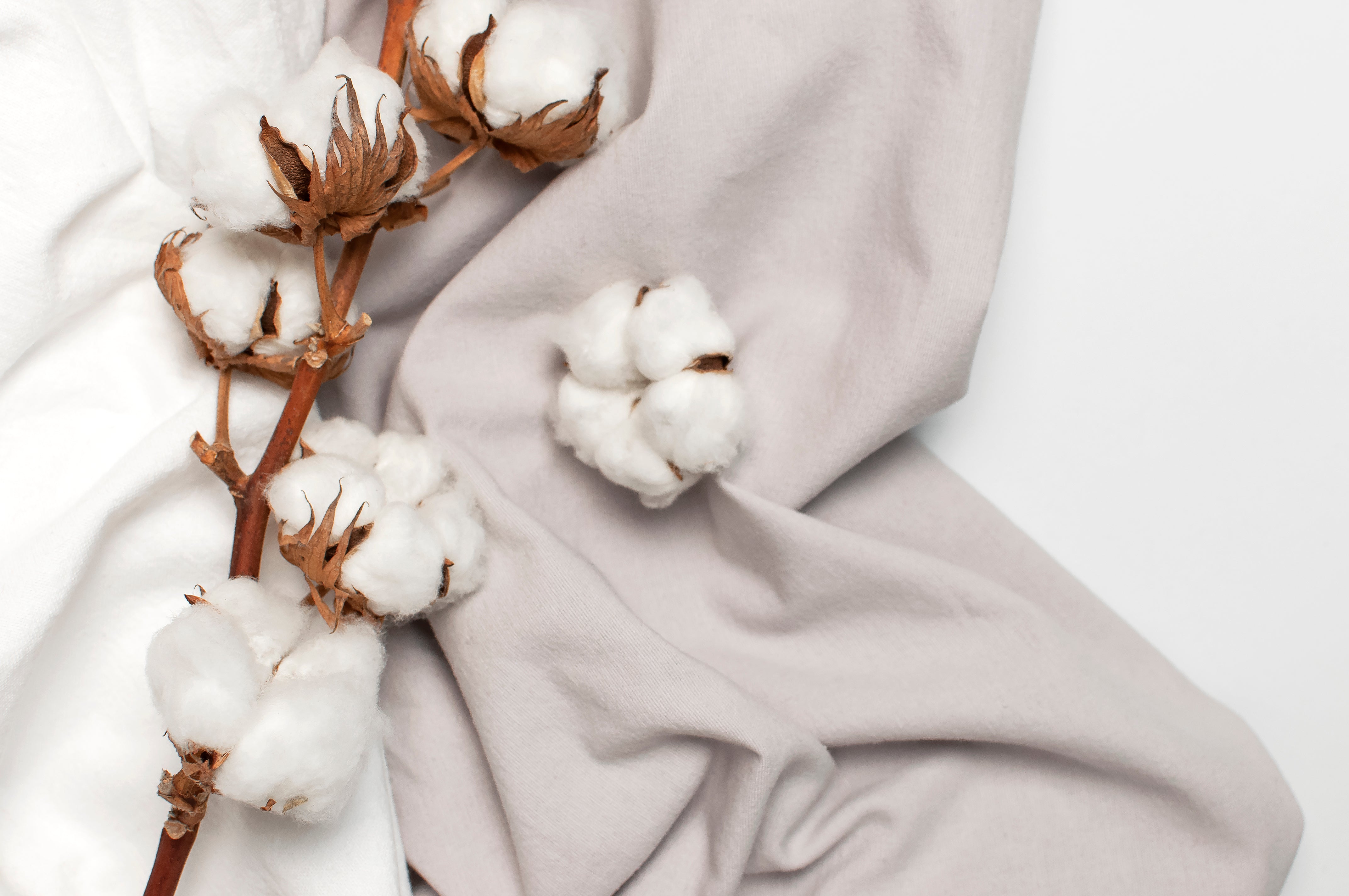Five Practices to Improve Sustainability in Employee Fashion
As a company founded on a responsibility to the environment, sustainability is something all of us at Jalin take very seriously. From our choice of materials and business partners to our support for Just One Tree (a charity planting trees and generating jobs in agriculture in poverty-stricken parts of the world) to help offset our carbon emissions from shipping and travel, sustainability is a mindset that permeates every aspect of our business.
In the dynamic world of hospitality, where first impressions are everything and brand identity is paramount, employee fashion is not merely attire, but rather a powerful tool for reflecting a brand's values and commitment to excellence.
With concern for the climate mounting around the globe, businesses in the hospitality industry are implementing various practices to minimise the environmental impact of employee fashion. The following are five examples that can serve as starting points:
1. Choose Eco-Friendly Fabrics
Opting for eco-friendly fabrics is the first step in sustainable outfitting. Materials like organic cotton, bamboo, and recycled polyester offer durability and comfort with minimal environmental impact. By prioritising such fabrics, brands can reduce their carbon footprint and support the demand for more sustainable textile production.
2. Embrace Timeless Designs
Choosing timeless designs when it comes to employee fashion helps ensure garment longevity while also reducing the need for updates and replacements. By investing in classic styles and durable materials, brands can minimise waste and promote a culture of sustainability. Timeless designs also convey a sense of professionalism and consistency that accentuates the overall guest experience.
3. Educate Employees on Proper Garment Care
Educating employees on proper garment care is also key in sustainable outfitting. Properly cared-for items last longer and make for a much sharper brand image; and, as with timeless designs, they also reduce waste and expenses in making replacement less of an issue. We always recommend our clients to use the illustrations and care guide that we provide to introduce employees to the garments to ensure proper wear and care.
4. Prioritise Ethical Sourcing
Ethical sourcing is essential in ensuring alignment between employee fashion and sustainability goals. By partnering with suppliers that prioritise fair labour practices and sustainable production methods, brands can promote responsible supply chain management as well as social equity. In addition, transparency in sourcing builds trust with customers and enhances brand reputation.
5. Support Reforestation Initiatives
A brand can take its commitment to sustainability a step further by also supporting reforestation initiatives. Just One Tree, for example, plants a tree for every Jalin staff member and garment sold. This not only helps offset the environmental impact of garment production and shipping, but also contributes to our broader conservation efforts. By adopting and making routine these five practices, brands can lead the way towards a more sustainable future while enhancing their reputation and minimising costs in the process.

